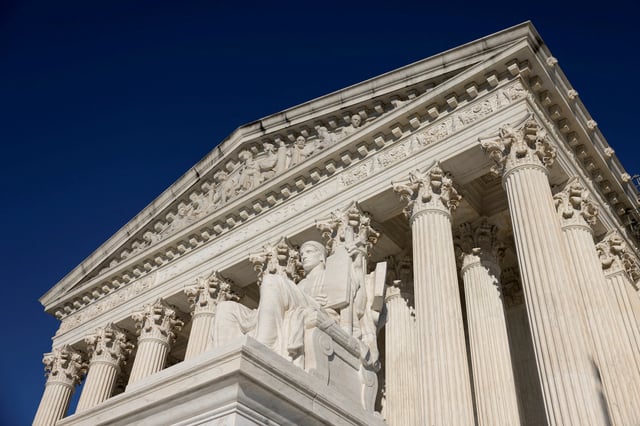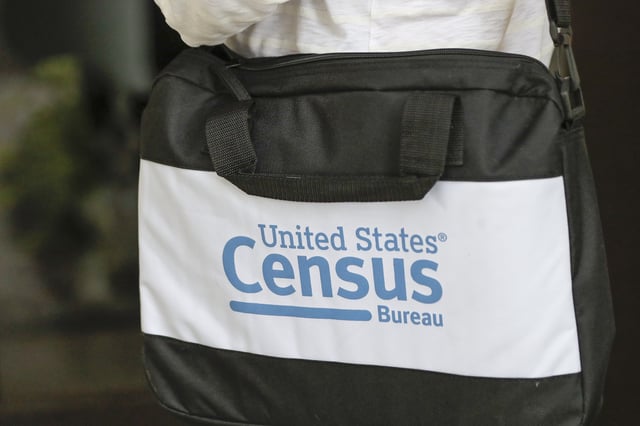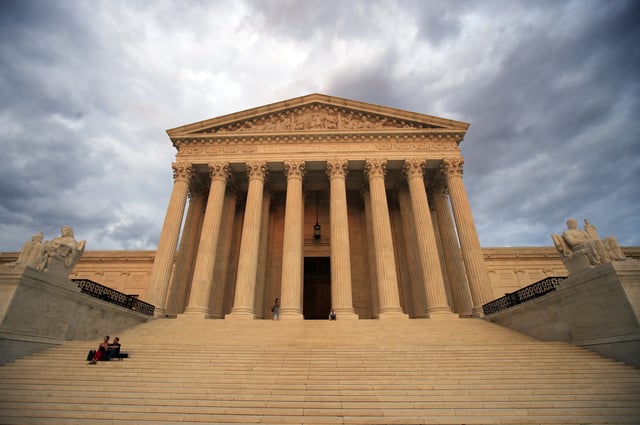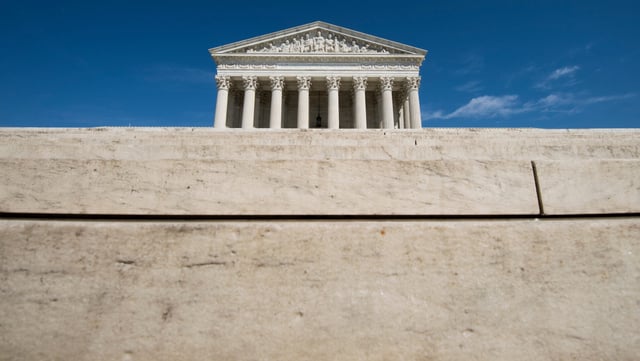Overview
- The Supreme Court is reviewing whether Louisiana's congressional map constitutes an unconstitutional racial gerrymander or complies with federal voting rights laws.
- The current map includes two majority-Black districts, a change mandated by courts after the original map with only one such district was ruled discriminatory.
- Non-Black voters have challenged the revised map, arguing it relied excessively on race, while the state claims political considerations also influenced its design.
- The case highlights tensions between the Voting Rights Act's minority protections and the Equal Protection Clause's limits on race-based decision-making.
- A decision, expected by late June 2025, could significantly impact the Voting Rights Act's future and the balance of power in Congress ahead of the 2026 midterm elections.



